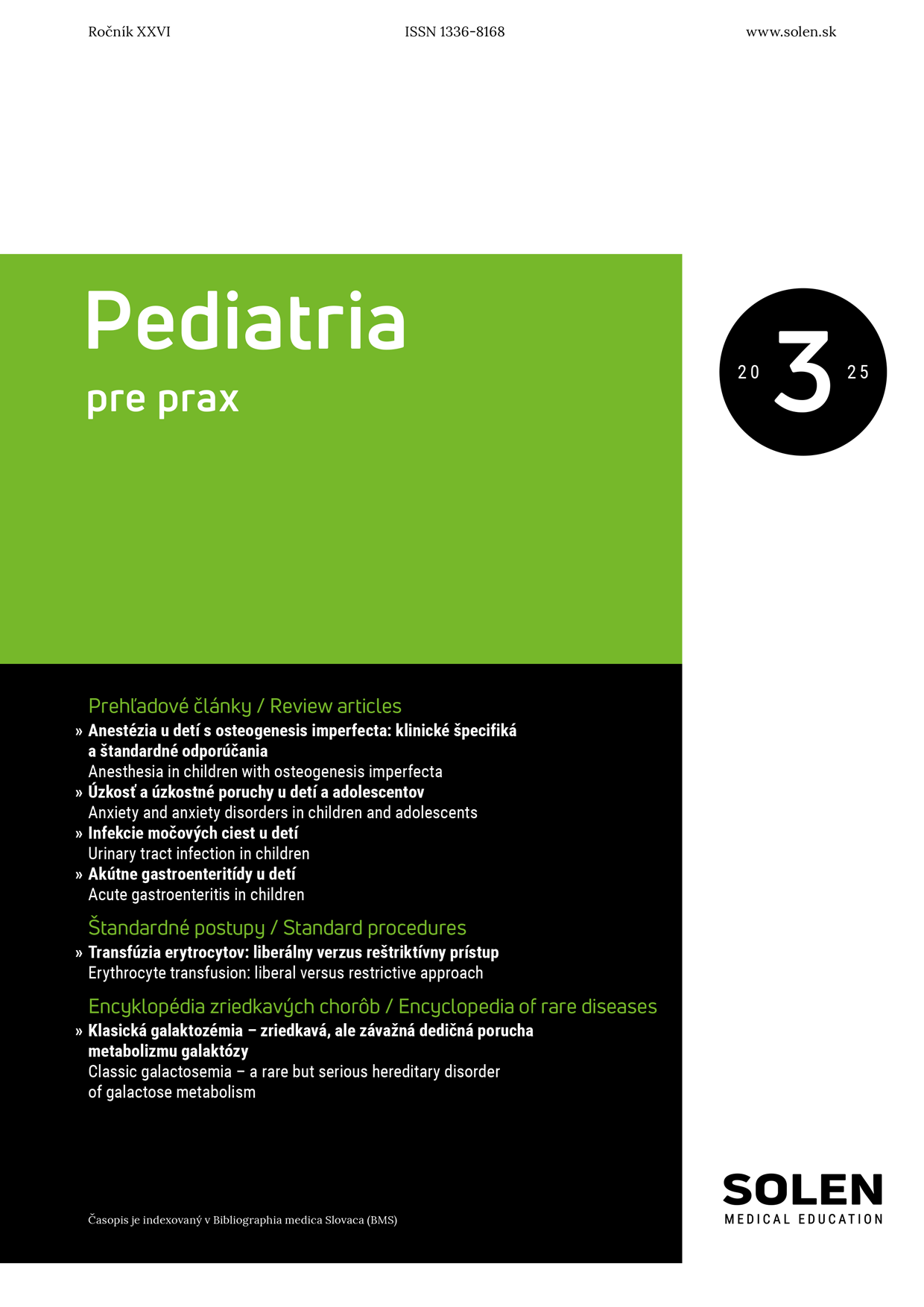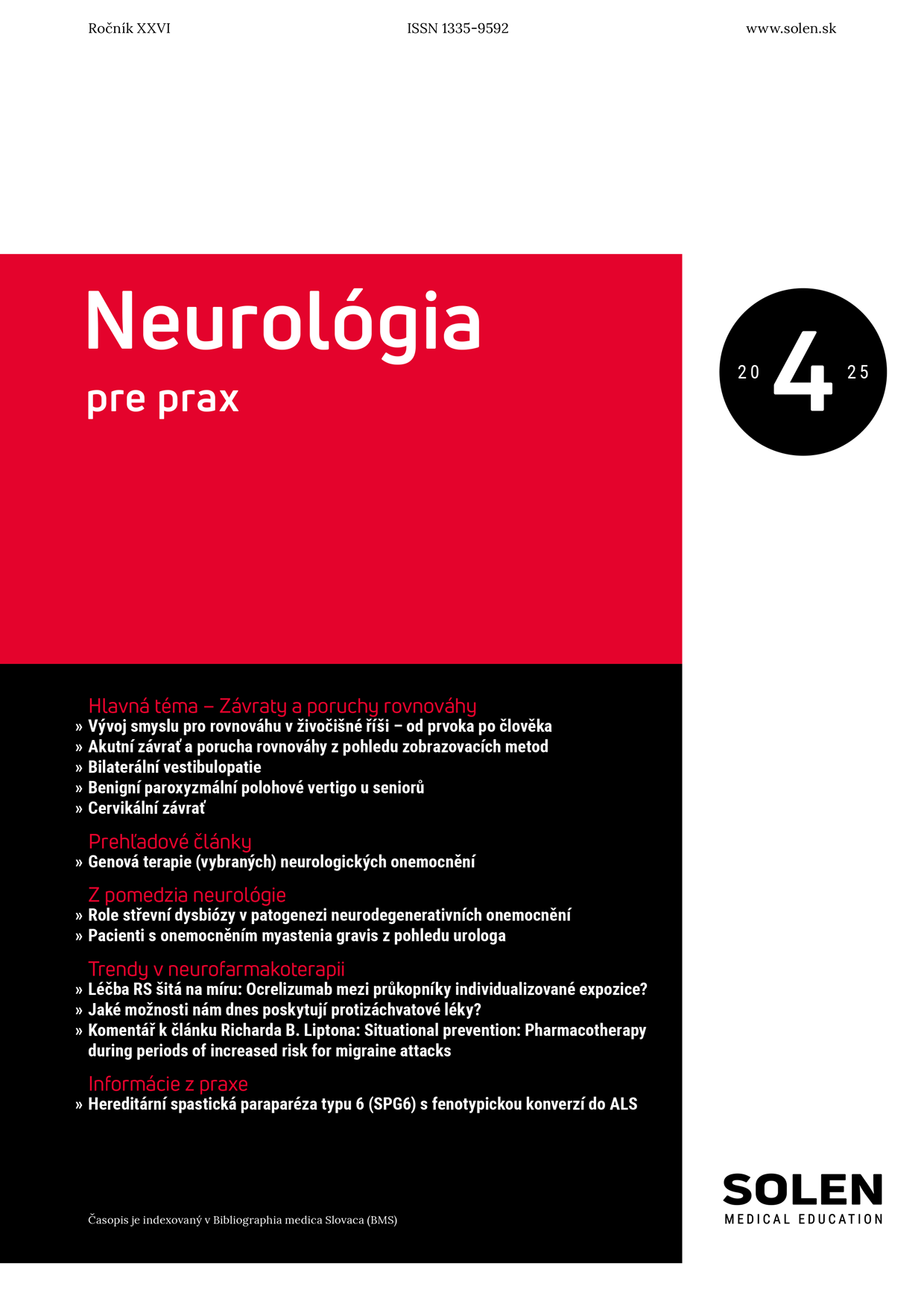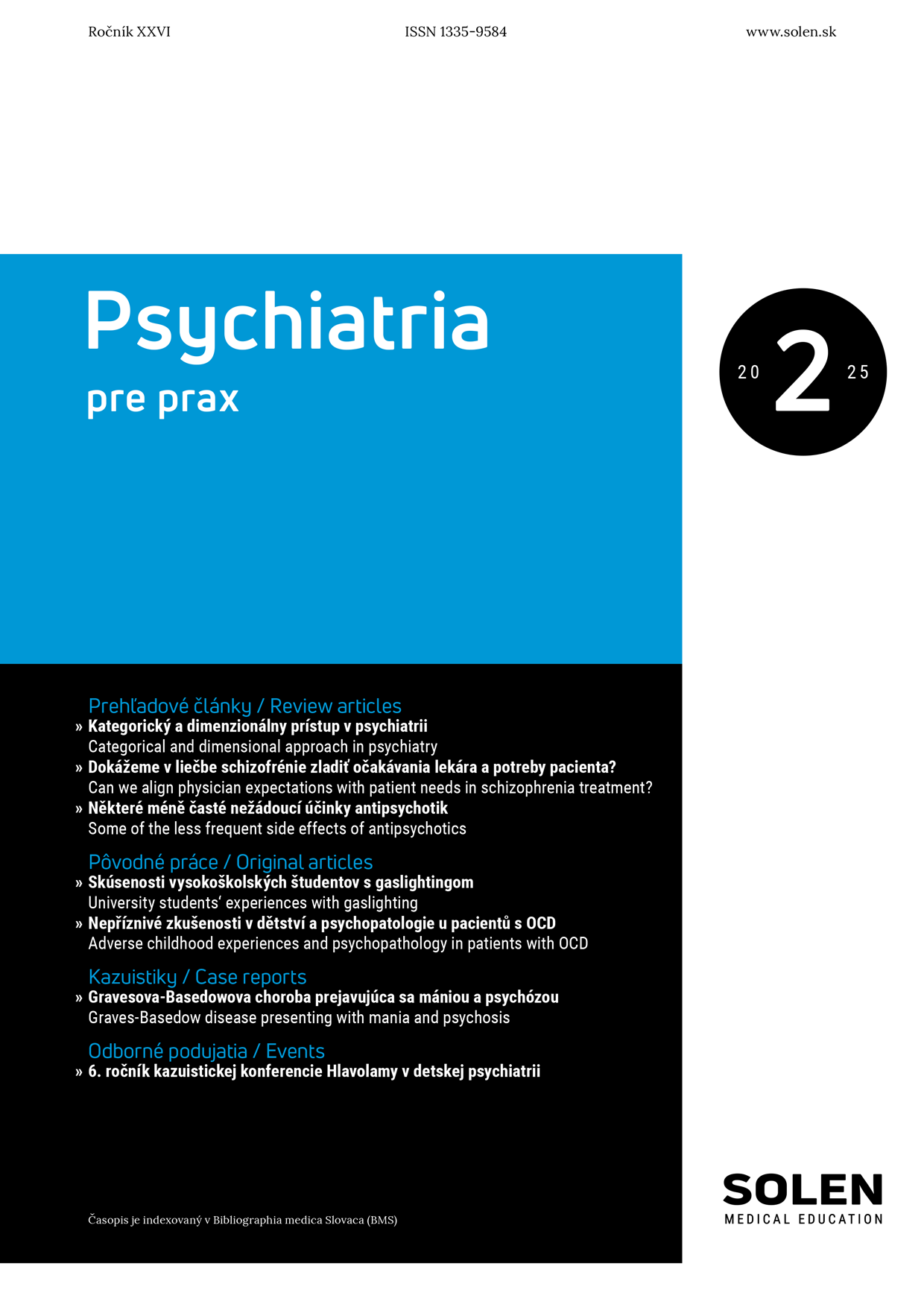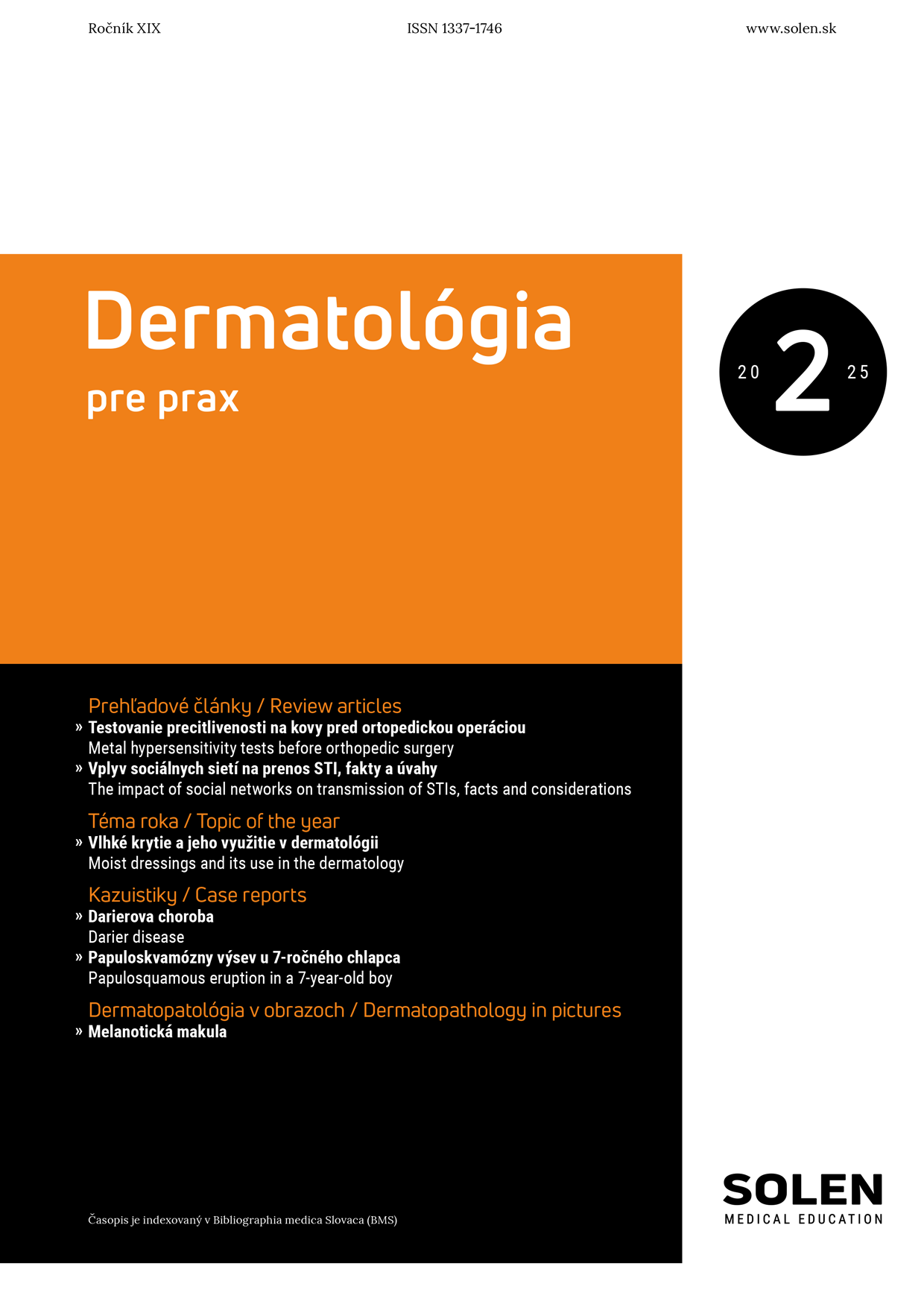Via practica 4/2023
Acute promyelocytic leukemia – presenting symptoms of the disease at the time of diagnosis and relapse
Introduction: Acute promyelocytic leukemia (APL) is a disease with a good prognosis, 90 % of patients achieve complete remission (CR). APL relapse occurs in 5–10 % of patients during the first 3 years, later relapses are rare. Objectives: In the contribution, we evaluate the presenting clinical symptoms and the occurrence of early deaths in patients with newly diagnosed APL (N-APL) and patients with relapse (R-APL). Material and methods: We performed a retrospective analysis of patients with APL monitored and treated at our workplace in a period of 2 years between February 2021 and January 2023. Results: We evaluated 12 patients with APL, of which 10 patients with N-APL and 2 patients with R-APL. Of 10 N-APL patients (7 F and 3 M) with a median age of 54 years (range 33–77 years), 7 (70 %) had signs of bleeding, of which 5 had bleeding from more than 2 anatomically independent sites. The median number of leukocytes at the time of diagnosis was 3 × 109/l (0.6–20), hemoglobin 82 g/l (51–109) and platelets 52 × 109/l (2–201), fibrinogen level 2.0 g/l (0.5–3.1) and D-dimer 7 mg/nl (3–41). Only 1 patient had high-risk APL according to the Sanz score. Initially, coagulopathy was present in 5/12 (41,6 %) patients. Early death occurred in 1/10 (10 %) patients with N-APL and in one of two patients with R-APL, both due to massive CNS hemorrhage. In a clinically asymptomatic 64-year-old patient with early detection of molecular relapse of APL, re-induction treatment led to the achievement of a second CR. Conclusion: The cases presented in the work confirm that bleeding is one of the dominant clinical manifestations of newly diagnosed and relapsed APL, too. Due to the high risk of bleeding and early death at the beginning of the disease, the early recognition of the disease and immediate treatment even if APL is suspected is crucial.
Keywords: acute promyelocytic leukemia, disseminated intravascular coagulation, bleeding complications

















